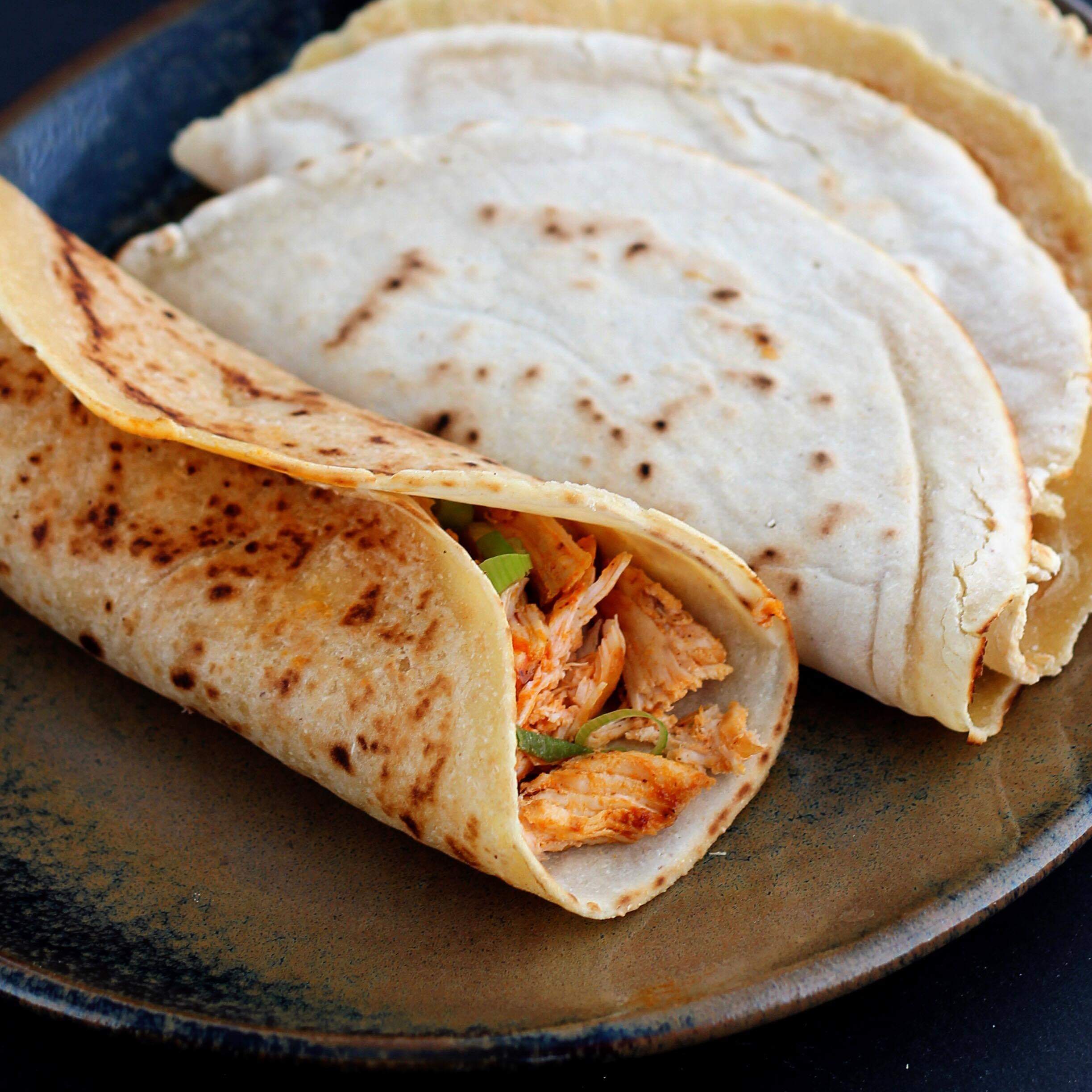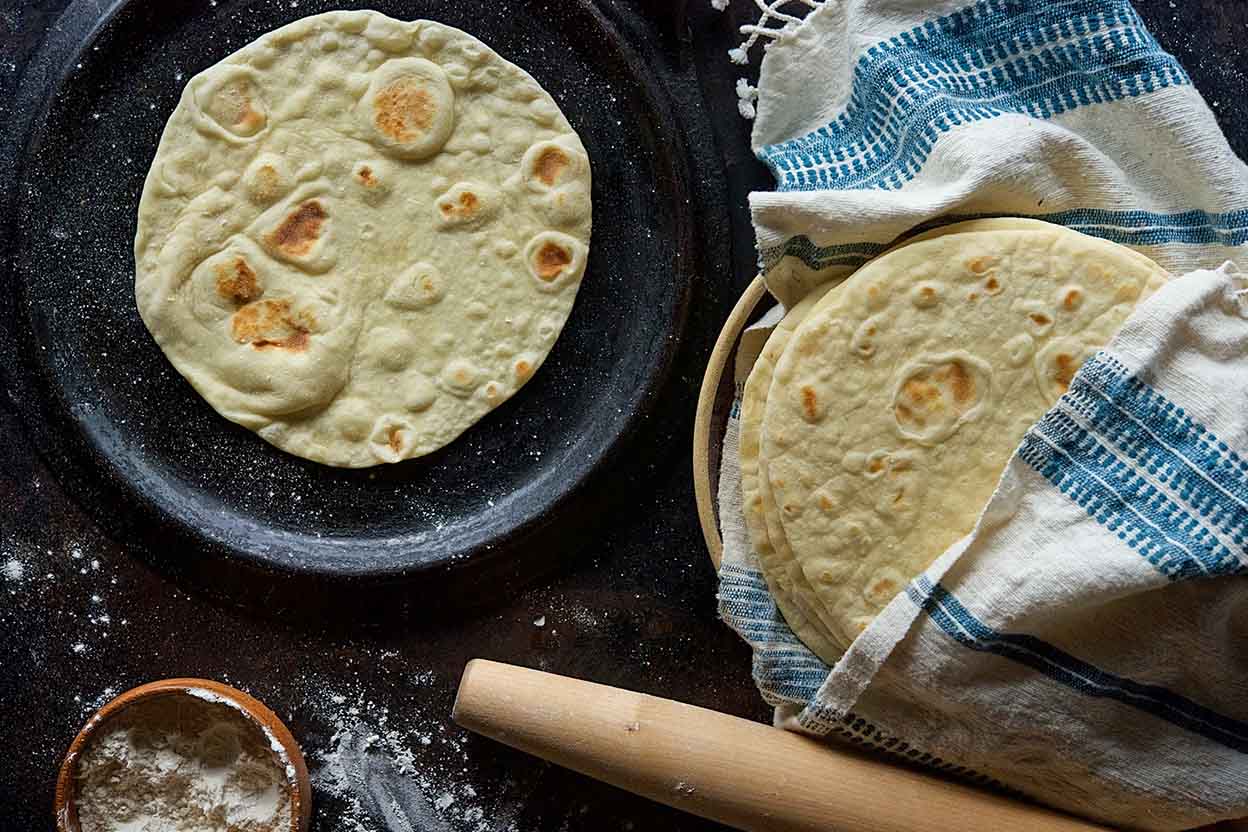Tortillas have been a staple in Mexican cuisine for centuries and have since become a popular food item all over the world. Not only are they delicious and versatile, but they can also be part of a healthy diet. However, many people are unsure about the nutritional value of tortillas. In this article, we will dive into the world of tortilla nutrition and uncover the facts about this tasty food. From its calorie count to its macronutrient content, we’ll explore everything you need to know to make informed decisions about your diet. Whether you’re a fan of flour or corn tortillas, it’s time to learn about the health benefits and potential drawbacks of this staple food.
Contents
Tortilla Nutrition Facts
Tortillas are a staple cuisine in many American families, and they are trendy in the country. In addition to vegetables, legumes, and other protein sources, they may be used as a basis for several other items. Tortillas are primarily composed of flour or maize and are heavy in starch. To make tortillas, rice and whole-grain flour may also be used. The product’s texture, as well as its nutritional content, may be influenced by its components.
White flour tortillas tend to be lower in fibre, fat, and calories than whole wheat tortillas. Whole-grain tortillas, which include more fibre, vitamins, minerals, and protein for fewer calories than corn tortillas, are alternatives. Here, we have mentioned some awesome Tortilla Nutrition Facts for all.

Nutritional Information for Tortilla Nutrition Facts
- The USDA provides nutritional data for a single corn tortilla (19g).
- 0.5g of fat
- Amount of sodium in a serving:
- Meal Plan: 9g of carbohydrate
- 1g of fibre
- Sugars: 0 grammes
- 1 gramme of protein
Depending on the type of tortilla you pick (corn vs flour tortillas) and the brand you choose, or if you prepare the tortillas from scratch, the nutritional information will differ. Look at the ingredients list before you buy them at the shop. In many cases, flour tortillas are produced with hydrogenated trans-fat and saturated fats, such as vegetable shortening or lard, which are unhealthy. When it comes to fat, you may choose corn tortillas or whole grain tortillas, both low-fat options.
Some Amazing Tortilla Nutrition Facts
- With the right size and variety, tortillas may be a low-calorie food that also happens to be high in protein, fibre, b vitamins, and iron. It is a good idea to utilize whole grains instead of processed, refined grains such as white bread, white rice, and white pasta to enhance blood sugar levels and keep you feeling full. A gluten-free diet might include corn or rice tortillas.
- Corn tortillas bought at the store are typically brittle instead of the soft and fluffy ones produced at home.
- Warm them in the microwave or on the stovetop to moisten them. Wet your hands and gently dampen the tortilla. To keep it from burning, place it on the burner and turn it over every few seconds or so.
- Wrap the tortilla in a moist paper towel and microwave it for approximately 10-15 seconds on a microwave-safe plate.
- Wraps now come in a dizzying array of variations. To make them look and taste like vegetables, such as spinach or tomato, tortillas produced with white flour are seasoned with tomato powder.
- Before making a purchase, make sure to read the ingredients list and label. “Enriched bleached flour” is a sign that white flour is the predominant component in the dish. Because they raise blood sugar levels more rapidly than other foods, white flour products are labelled refined carbohydrates.
- The equivalent of two pieces of bread may be found in a single meal of flour tortillas, which have around 150 calories per 8-inch piece. Look for “whole” as the first item on the ingredient list.
- Using the terms “whole corn” or “whole wheat” denotes that the item is made entirely from whole grains and has not been processed to remove any nutrients, fibre, or other beneficial components.
- Wheat is a whole grain because it contains the bran (the fibre-rich outer layer), the endosperm (the centre), and the germ (the seed’s core) (the nutrient-rich inner part). The low glycaemic index indicates they boost blood sugars more slowly and include more fibre, which is good for the heart.
- Refrigerate whole-grain tortillas to keep them at their freshest for as long as possible. On the expiry date, throw it away.

Some Lesser Known Tortilla Nutrition Facts
- Anything and everything can be made using tortillas. You may get a lot of food for your money with them.
- When it comes to meal preparation, everyone may utilize tortillas, regardless of their dietary preferences (vegan or otherwise).
- You can create quesadillas, tacos, burrito bowls, wraps, and roll-ups out of tortillas. Try adding these ingredients to your plate if you want a heart-healthy lunch full of fibre, protein, and healthy fats like avocado, hummus, or an oil-based dressing.
- Try one of these recipes for black bean and green pinwheels, pork tostadas, or fish tacos to get started on your Mexican cooking today.
Summary
In conclusion, tortillas can be a nutritious and delicious food item when consumed in moderation and as part of a balanced diet. They are a good source of carbohydrates, fiber, and some essential vitamins and minerals. However, it’s important to be mindful of the type of tortilla you choose and the way you prepare it, as this can greatly affect its nutritional content. To reap the health benefits of tortillas, opt for whole-grain options and limit the use of added fats and salt. Remember, moderation is key, and tortillas should be consumed in conjunction with a variety of other healthy foods. By understanding tortilla nutrition facts, you can make informed decisions about this staple food and enjoy it as part of a balanced and healthy diet.
